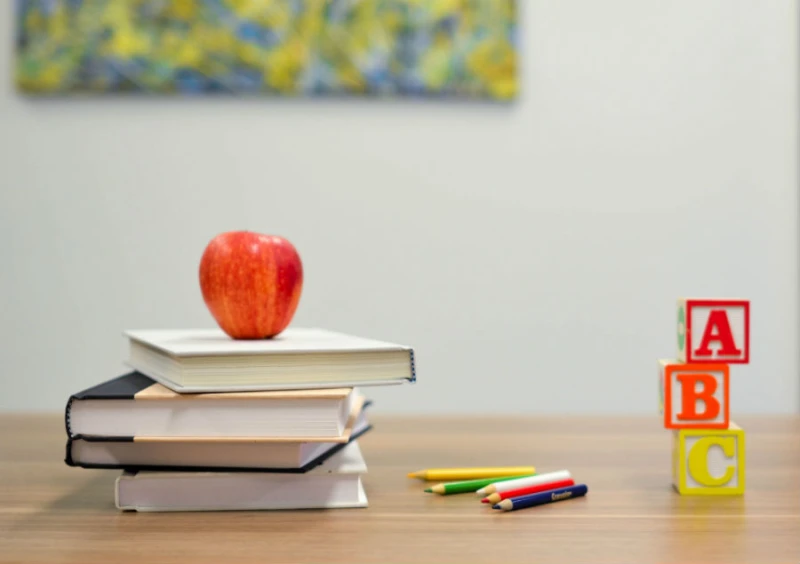 Element5 Digital on Unsplash
Element5 Digital on UnsplashBoston, Mass., Oct 26, 2022 / 07:45 am (CNA).
The pandemic’s negative effect on learning was more pronounced among fourth- and eighth-graders at public schools than among their Catholic school counterparts, according to a new report from the U.S. Department of Education.
The new data comes from The National Assessment of Educational Progress, commonly referred to as The Nation’s Report Card. The assessment tests the academic achievement of private and public school students across the nation.
Children in grades four and eight were tested on both math and reading on a scale of 0 to 500. The report measured their progress from 2019 to 2022.
Mathematics scores
Public school fourth-graders saw their average score in mathematics nationally drop to 235, five points lower than pre-pandemic in 2019. Eighth-grade public school students’ national average in math dropped eight points, from 281 in 2019 to 273 in 2022.
Catholic school fourth-graders averaged 246 in math in 2019. The average scores remained the same in 2022. Eighth-grade Catholic school students dropped five points in math from 293 in 2019 to 288 in 2022.
Reading scores
In public schools, fourth-graders’ average reading score dropped three points from 219 in 2019 to 216 in 2022. Public school eighth-graders also dropped three points in reading from 262 in 2019 to 259 in 2022.
In reading, Catholic school fourth-graders dropped two points from 235 in 2019 to 233 in 2022. Catholic school eighth-graders’ average reading score went up one point from 278 in 2019 to 279 in 2022.
Lincoln Snyder, president and CEO of the National Catholic Education Association (NCEA), told CNA Tuesday that he’s very proud of how Catholic schools performed during the pandemic.
The NCEA aims to form Catholic educators and further the mission of Catholic education.
“I think the real story is that our Catholic schools were the first to transition to distance learning, and then after that brief time were the first to come back to in-person instruction everywhere they could, as soon as they could,” Snyder told CNA.
Snyder said that the differences in scores between public and Catholic schools are a testament to Catholic school teachers and leaders who chose to be physically present in the classroom.
“Our students benefited from our communities doing everything they could offer,” he added.
Snyder said that it’s going to take “intentionality” to get the eighth-grade math scores back to where they were before the pandemic hit.
“As we look at the data and as people recover — and we see this in some other studies — we know that the gap can be closed. Obviously the more time and runway we have the more thoroughly we can close that gap,” he said.
Losing years of education in mathematics is a national loss that happened across all school systems, he said. Snyder said that math is “relentlessly cumulative” and builds on concepts from the previous year.
“So we know that all students nationally suffered learning loss during this pandemic and I really think that for us as a nation, it is incumbent upon all of us to be honest about those losses and make sure that we’re doing our best to accelerate out,” he said.
“We know it’s important for every community — and that would be parents and students and teachers alike — to really understand what those gaps are and then focus on closing them. So it’s going to take intentionality to close those gaps, but with intentionality, we can close them,” Snyder said.
Despite the losses in mathematics, Snyder said that “if Catholic schools were a state, they would’ve been the highest-performing state in the union.”
According to an NCEA press release, more than 90% of Catholic schools held in-person learning for five days a week during the pandemic. Only about 56% of public schools did the same, the press release says.
The press release says that the Nation’s Report Card data shows that Catholic schools “are near the top in learning outcomes for students receiving free and reduced-price lunch, demonstrating the system’s commitment to underprivileged students.”
“We’ve got to teach, and we have to get kids growing at the rate they were growing before and that takes acceleration, that takes work. But I can certainly say for us at NCEA, it is our top talking point when we’re working with our membership, that we understand that we need to grow our way out of this and we’re completely focused on that,” Snyder said.